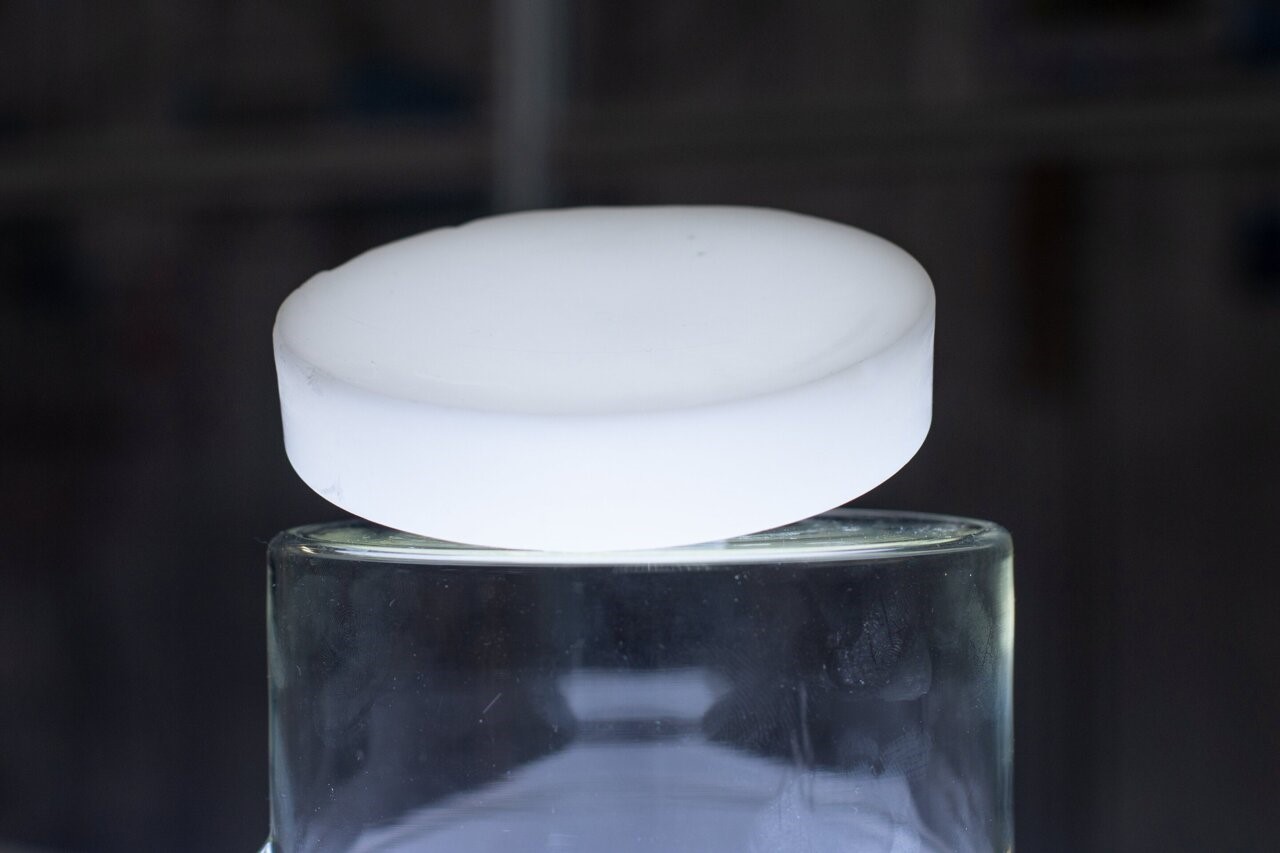
Heat storage material, stable, efficient and eco-friendly
The invention is a so-called shape-stabilized phase change material. It can absorb large amounts of heat by changing its physical state from solid to liquid. The stored heat is then re-released when the material hardens.
It could be used by the construction industry as large panels that could be integrated into walls. These would then absorb heat during the sunny hours of the day and release it again later when the temperature goes down. This could save a lot of energy: The researchers have calculated that when the new material heats up, it can store—under the right conditions—up to 24 times per 10 degrees Celsius more heat than conventional concrete or wallboard.
Unlike hand warmers, the panels made of this material mixture do not melt when they absorb heat, and is enclosed in a framework of solid silicate and cannot escape due to high capillary forces.
Most importantly, the substances used in its production are environmentally friendly: harmless fatty acids like those found in soaps and creams. Even the additives that lend the material its strength and increased thermal conductivity can be obtained from rice husks.
Until now the material is still only being produced in small quantities in the laboratory. In the future, it can be combined with other steps to help to make buildings significantly more energy efficient or to passively cool photovoltaic systems and batteries, thereby increasing their efficiency.
 English
English Arabic
Arabic


